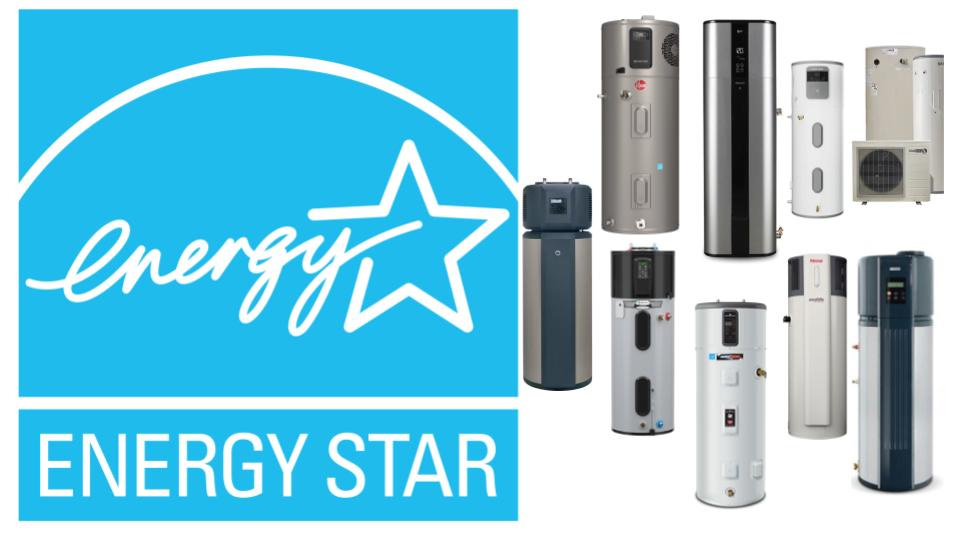Sign up for CleanTechnica’s Weekly Substack for Zach and Scott’s in-depth analyses and high level summaries, sign up for our daily newsletter, and/or follow us on Google News!

Help protect ENERGY STAR from being cut — USGBC is leading an effort here.

The beloved program ENERGY STAR faces complete elimination under the Environmental Protection Agency’s newest plans, which would be a total tragedy for the US consumer. Not only is the program trusted and beloved across the country, it is phenomenally successful and costs the taxpayer next to nothing. In fact, ENERGY STAR is an incredible investment — by some calculations, one dollar spent on the program saves the US consumer $350 in energy bills.
What Does ENERGY STAR Do?
ENERGY STAR is a consumer-facing program that helps promote energy efficiency. One of the chief things it has done since its creation over 30 years ago is to certify energy efficient appliances, helping consumers understand which ones use the least amount of energy. These appliances include everything from refrigerators and dishwashers to heat pumps to computer monitors to lighting to entire buildings and homes.
The ENERGY STAR program is voluntary, and companies don’t have to participate, but many do so because consumers trust and value ENERGY STAR’s label which is based on unbiased performance reporting. ENERGY STAR periodically revises its standards requiring more efficiency and thus pushing manufacturers to continuously improve their products.
Consumers are not the only beneficiaries of ENERGY STAR programs. ENERGY STAR ratings provide the basis for our electric utilities to develop energy efficiency incentives since they know how much energy will be saved by these purchases. Utilities can then invest in providing monetary incentives for the purchase of ENERGY STAR appliances as this is less expensive than building new power generation infrastructure. Every kWh that is not used by an appliance is one that the utility does not have to generate to keep the grid supplied with electricity.
ENERGY STAR Saves Money & Is Beloved
The ENERGY STAR program costs US taxpayers about $32 million per year. This averages to about $0.25 per year for the average American household. The average ENERGY STAR certified refrigerator alone saves that same household $18/yr in electric bills!
Ben Evans at USGBC says, “ENERGY STAR helps consumers and businesses save more than $40 billion a year in energy costs, with a budget of just $32 million to operate. The federal government alone almost certainly saves more money through procurement of ENERGY STAR products than ENERGY STAR costs to operate. There is really no coherent argument for terminating it, and we will be fighting as hard as we can to protect it.”
ENERGY STAR is also popular and trusted. 90% of US households recognize the label and understand it. 45% of surveyed consumers report buying an ENERGY STAR product in the last 12 months, with 60% of those saying the ENERGY STAR label was “very influential” on their purchase.
ENERGY STAR also tracks sales of efficient appliances so we know how the market is changing. ENERGY STAR certifies efficient new homes and buildings which inspires home builders and building owners to construct offices and homes that use less energy. ENERGY STAR also offers a ton of educational resources for both the consumer and industry, like contractor and rebate finders, and guides to how to make the switch to efficient appliances.
This type of unbiased, rigorous, third party certification is not something that the market will deliver on its own. Without federal support, consumers will be left with few ways to determine the real performance of appliances and utilities will not have a secure method to determine savings and incentives. ENERGY STAR is a key lynchpin of this energy and money saving process.
Example Of ENERGY STAR’s Work: The Heat Pump Water Heater
While virtually any appliance and piece of equipment in the home has become dramatically more efficient thanks in large part to ENERGY STAR, heat pump water heaters (a topic we know best) owe their existence to the program.
20 years ago, there were basically no heat pump water heaters on the market. They didn’t exist in the US, and instead Americans were largely using the same inefficient and polluting water heaters they’d been using for the last 70 years. ENERGY STAR went to manufacturers and both challenged and worked with them to design and develop the first water heaters that used heat pumps. Manufacturers wouldn’t have done this on their own (there had been little to no product innovation in decades). Once manufacturers created the first heat pump water heaters, ENERGY STAR began to certify and heavily promote them starting in 2009. As a result, over the last 15 years, HPWHs have started rapidly accelerating up the adoption curve and now are the fastest growing water heater in the country.

Commercial HPWHs for large buildings are following the same process and ENERGY STAR is working on a testing standard and certification as we speak. It is vital that this program and work continue.
In short, consumers love the blue and white ENERGY STAR label. They trust that products that have its label will use less energy and save them money on their utility bills. ENERGY STAR has proven that it can even drive new and important product categories into existence helping offer us all more choices and ways to save energy and the planet.
Take 2 minutes and tell your representatives how much you value and appreciate the ENERGY STAR program and want it to continue.
By Jon Heller and Joe Wachunas
Whether you have solar power or not, please complete our latest solar power survey.
Have a tip for CleanTechnica? Want to advertise? Want to suggest a guest for our CleanTech Talk podcast? Contact us here.
Sign up for our daily newsletter for 15 new cleantech stories a day. Or sign up for our weekly one on top stories of the week if daily is too frequent.
CleanTechnica uses affiliate links. See our policy here.
CleanTechnica’s Comment Policy




